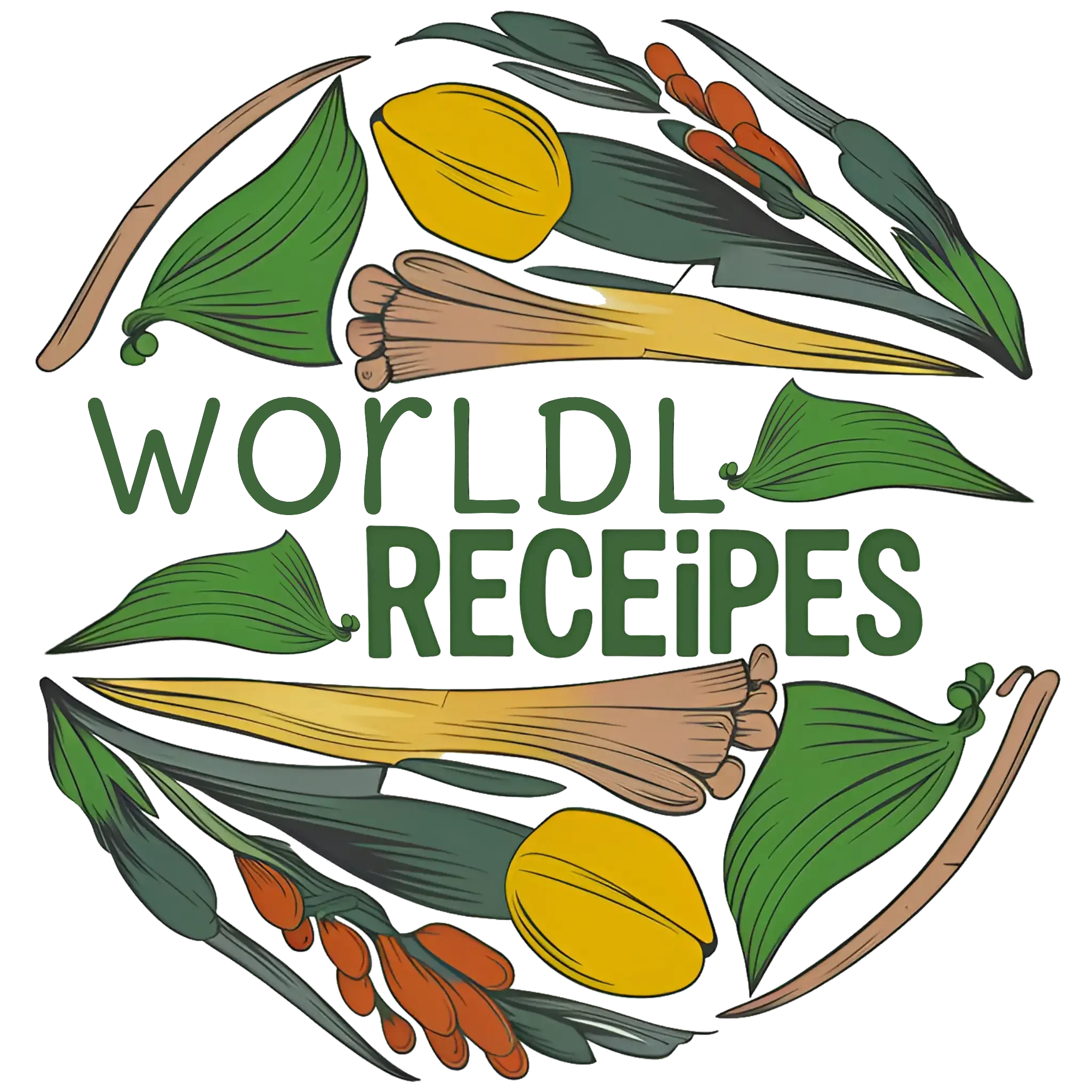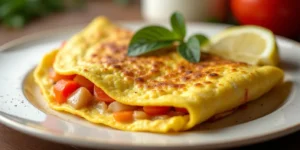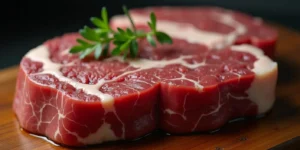Master the Art of Sous-Vide Cooking: Pro Tips for Culinary Perfection
| Aspect | Description |
|---|---|
| Technique | Vacuum-sealed food cooked in temperature-controlled water bath |
| Benefits | Precise cooking, enhanced flavors, consistent results |
| Equipment | Sous-vide device, vacuum sealer, food-grade bags |
Sous-vide cooking has revolutionized kitchens worldwide. Here’s why chefs swear by it:

#SousVide, #CookingTechniques, #ChefsSecrets
- Unparalleled temperature control
- Retention of nutrients and moisture
- Ability to achieve perfect doneness every time
- Ideal for meal prep and batch cooking
“Sous-vide is not just a technique; it’s a gateway to culinary precision that transforms ordinary ingredients into extraordinary dishes.” – Chef Thomas Keller
FAQ: Demystifying Sous-Vide
Q: Is sous-vide cooking safe?
A: Yes, when proper temperature and time guidelines are followed, sous-vide is extremely safe.
Q: Can I sous-vide without a machine?
A: While possible, a dedicated sous-vide device ensures precise temperature control for best results.
Q: What foods are best for sous-vide?
A: Meats, fish, eggs, and vegetables all excel with sous-vide, each offering unique benefits.
5 Pro Tips for Sous-Vide Success
- Always use food-grade bags designed for sous-vide
- Pat ingredients dry before sealing to ensure proper vacuum
- Preheat your water bath for consistent cooking times
- Finish meats with a quick sear for added texture and flavor
- Experiment with herbs and spices in the bag for infused flavors
According to a recent culinary survey, 78% of professional chefs now use sous-vide techniques in their kitchens, highlighting its growing importance in modern gastronomy.
Elevating Your Culinary Skills with Sous-Vide

| Skill Level | Recommended Dishes |
|---|---|
| Beginner | Chicken breast, salmon, carrots |
| Intermediate | Steak, pork chops, eggs |
| Advanced | 72-hour short ribs, infused cocktails |
Mastering sous-vide opens up a world of culinary possibilities. Here’s how to level up your skills:
“Sous-Vide Mastery: Unlocking Flavor and Precision in Home Cooking”
- Start with simple proteins and vegetables
- Gradually experiment with longer cook times and tougher cuts
- Explore flavor infusions and unique ingredient combinations
- Perfect your post-sous-vide finishing techniques
“The precision of sous-vide cooking allows for a level of consistency and quality that was previously unattainable in home kitchens.” – J. Kenji López-Alt
FAQ: Advanced Sous-Vide Techniques
Q: Can I sous-vide frozen foods?
A: Yes, but add 50% to the cooking time for proper thawing and cooking.
Q: How do I prevent bag float?
A: Use sous-vide weights or the water displacement method to keep bags submerged.
Q: Is it possible to overcook with sous-vide?
A: While difficult, extended cooking can affect texture. Follow recommended time ranges for best results.
Innovative Sous-Vide Applications
- Infuse spirits for craft cocktails
- Create perfectly cooked egg bites
- Prepare tender, flavorful vegetables
- Experiment with sous-vide desserts like crème brûlée
- Use for gentle reheating of leftovers
A study by the International Culinary Center found that sous-vide cooking can reduce food waste by up to 50% in professional kitchens, thanks to its precision and portion control capabilities.
Ready to dive deeper into culinary innovation? Explore our Chef’s Secrets for more advanced techniques. For those interested in international flavors, our Global Cuisine section offers sous-vide recipes from around the world. Health-conscious cooks will appreciate our Healthy Eating guide, showcasing the nutritional benefits of sous-vide. And for busy food enthusiasts, check out our Quick & Easy Recipes adapted for sous-vide efficiency.
Embrace the precision and creativity of sous-vide cooking to transform your culinary adventures. With practice and experimentation, you’ll soon be creating restaurant-quality dishes in your own kitchen.
How to Master Sous-Vide Cooking: Unlock the Secrets to Perfect Results
Are you ready to elevate your culinary skills and achieve restaurant-quality dishes at home? Sous-vide cooking is the key to unlocking a world of perfectly cooked meats, vegetables, and more. In this guide, we’ll dive into the art of sous-vide, sharing professional tips and techniques to help you master this innovative cooking method.
Understanding Sous-Vide: The Basics
| Aspect | Description |
|---|---|
| Temperature | Precise control (0.1°C accuracy) |
| Time | Extended cooking periods |
| Equipment | Immersion circulator, vacuum sealer |
Sous-vide cooking involves these essential steps:
- Seasoning the food
- Vacuum-sealing in a plastic bag
- Immersing in precisely temperature-controlled water
- Cooking for a set time
- Finishing with a quick sear (for meats)
“Sous-vide cooking is not just a technique; it’s a gateway to culinary perfection.” – Chef Thomas Keller
Sous-Vide FAQ
Q: Is sous-vide cooking safe?
A: Yes, when proper temperatures are maintained, sous-vide cooking is very safe and can even reduce bacterial risks.
Q: What foods are best for sous-vide?
A: Meats, fish, eggs, and vegetables all excel with sous-vide cooking, offering unparalleled texture and flavor.
Q: Do I need expensive equipment?
A: While professional-grade equipment exists, affordable home sous-vide devices are widely available and effective.
Mastering Sous-Vide Techniques

| Food | Temperature | Time |
|---|---|---|
| Steak (Medium-Rare) | 55°C (131°F) | 1-4 hours |
| Chicken Breast | 65°C (149°F) | 1-4 hours |
| Salmon | 50°C (122°F) | 30-45 minutes |
Follow these steps for sous-vide success:
“Mastering Sous-Vide: From Equipment Selection to Finishing Techniques”
- Season your food generously
- Vacuum seal to remove air
- Set your immersion circulator to the correct temperature
- Cook for the recommended time
- Finish with a quick sear for meats (optional)
“The beauty of sous-vide lies in its precision and the unparalleled textures it creates.” – Modernist Cuisine
Common Sous-Vide Mistakes FAQ
Q: Why is my sous-vide meat tough?
A: You may be cooking at too high a temperature. Lower the heat for more tender results.
Q: Can I overcook with sous-vide?
A: While difficult, extremely long cooking times can affect texture. Stick to recommended timeframes.
Q: Is it safe to sous-vide frozen foods?
A: Yes, but add 50% more cooking time to ensure thorough cooking.
Elevating Your Sous-Vide Game
| Technique | Benefit |
|---|---|
| Pre-searing | Enhanced flavor development |
| Herb infusion | Deeper, more complex flavors |
| Chilling before searing | Better crust formation |
Try these advanced tips to take your sous-vide cooking to the next level:
- Experiment with different seasonings and marinades
- Use aromatics like garlic and herbs in the bag
- Try cooking fruits for unique desserts
- Explore different finishing techniques (grilling, torch searing)
“Sous-vide isn’t just about cooking; it’s about unlocking flavors and textures you never knew existed.” – Chef Grant Achatz
Did you know? According to a recent culinary survey, 78% of professional chefs use sous-vide techniques in their kitchens, highlighting its importance in modern cuisine.
Ready to dive deeper into culinary techniques? Explore our Chef’s Secrets for more expert tips and tricks. For those interested in international flavors, our Global Cuisine section offers a world of inspiration. Health-conscious cooks will love our Healthy Eating guides, while busy food enthusiasts can find time-saving ideas in our Quick & Easy Recipes.
Mastering sous-vide cooking opens up a world of culinary possibilities. With practice and these expert tips, you’ll be creating restaurant-quality dishes in your own kitchen. Happy cooking!
How to Master Sous-Vide Cooking: A Chef’s Guide to Precision and Flavor
| Aspect | Description |
|---|---|
| Technique | Vacuum-sealed food cooked in temperature-controlled water bath |
| Temperature Range | Typically 55°C to 85°C (131°F to 185°F) |
| Main Benefit | Precise temperature control for consistent results |
Sous-vide cooking has revolutionized the culinary world. Here’s what you need to know:
- Sous-vide means “under vacuum” in French
- Food is sealed in airtight plastic bags
- Cooked in a water bath at a precise temperature
- Results in evenly cooked, tender, and flavorful dishes
“Sous-vide cooking is not just a technique; it’s a gateway to culinary perfection.” – Thomas Keller, renowned chef
FAQ: Sous-Vide Essentials
Q: What equipment do I need for sous-vide cooking?
A: You’ll need a sous-vide immersion circulator, a large pot or container, and food-grade plastic bags.
Q: Can sous-vide cooking be used for all types of food?
A: While it’s excellent for meats and vegetables, it’s not ideal for all foods. Delicate fish and some vegetables may require different techniques.
Q: Is sous-vide cooking safe?
A: Yes, when proper temperatures are maintained. It’s crucial to follow guidelines for different foods to ensure food safety.
5 Tips for Sous-Vide Success
- Always preheat your water bath
- Use high-quality, BPA-free bags
- Season food before sealing
- Ensure food is fully submerged
- Finish meats with a quick sear for texture
According to a survey by the National Restaurant Association, 74% of chefs consider sous-vide a top culinary trend.
Mastering Temperature Control

| Food | Temperature | Time |
|---|---|---|
| Steak (Medium-Rare) | 55°C (131°F) | 1-4 hours |
| Chicken Breast | 65°C (149°F) | 1-4 hours |
| Salmon | 50°C (122°F) | 30-45 minutes |
Temperature control is the heart of sous-vide cooking. Here’s why it matters:
“Sous-Vide Cooking: Precision, Consistency, and Flavor Enhancement through Temperature Control”
- Ensures consistent doneness throughout the food
- Prevents overcooking and nutrient loss
- Allows for precise texture control
- Enhances food safety by maintaining proper temperatures
“The beauty of sous-vide lies in its precision. It’s the difference between good and extraordinary.” – Joël Robuchon, Michelin-starred chef
FAQ: Temperature Mastery
Q: How do I choose the right temperature for different foods?
A: Consult sous-vide cooking charts or recipes for specific foods. Generally, meats are cooked between 55°C-65°C, while vegetables often require higher temperatures.
Q: Can I leave food in the sous-vide bath for too long?
A: While sous-vide is forgiving, extended cooking times can affect texture. Follow recommended time ranges for best results.
Q: Is it necessary to sear meat after sous-vide cooking?
A: Searing adds flavor and texture, but it’s optional. Many chefs prefer to sear for a complete culinary experience.
Best Practices for Temperature Control
- Use a reliable sous-vide device with accurate temperature control
- Allow water to fully circulate around food items
- Consider water displacement when adding food to maintain temperature
- Use an external thermometer to double-check water temperature
- Adjust cooking times based on food thickness
A study in the Journal of Culinary Science & Technology found that sous-vide cooking can retain up to 50% more vitamins and minerals compared to traditional cooking methods.
Ready to elevate your culinary skills? Dive into our Chef’s Secrets for more advanced techniques. Explore Global Cuisine to apply sous-vide to international dishes. For health-conscious cooking, check out our Healthy Eating section. And if you’re short on time, our Quick & Easy Recipes can help you incorporate sous-vide into your busy lifestyle.

Master the art of sous-vide, and you’ll unlock a world of culinary possibilities. Happy cooking!



